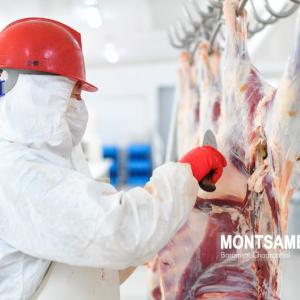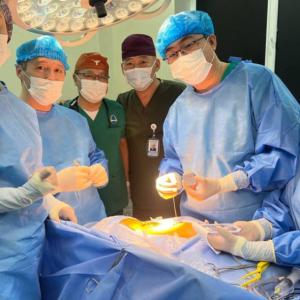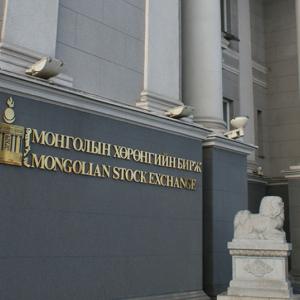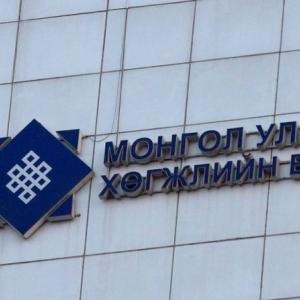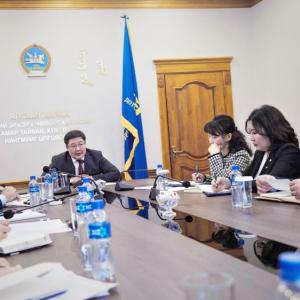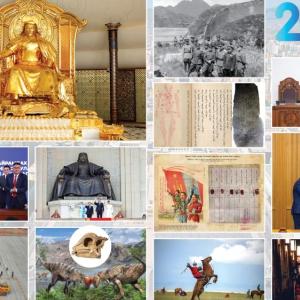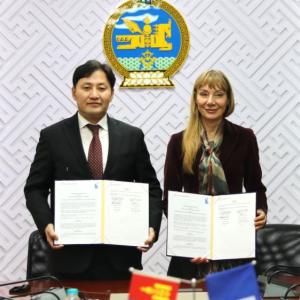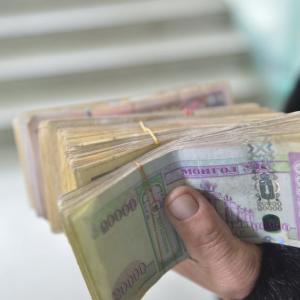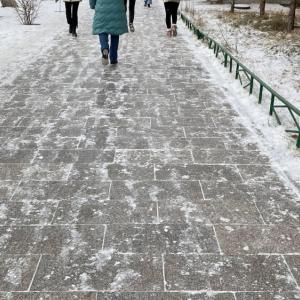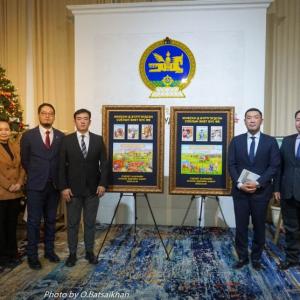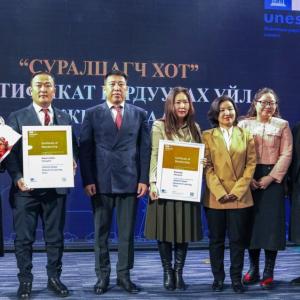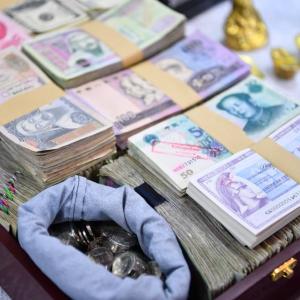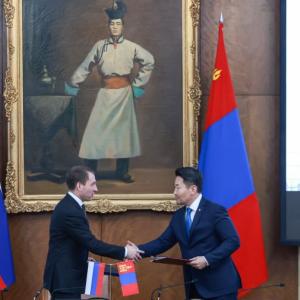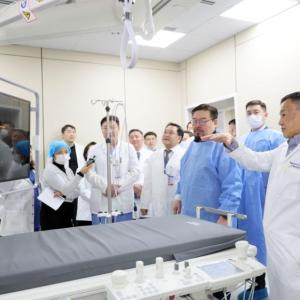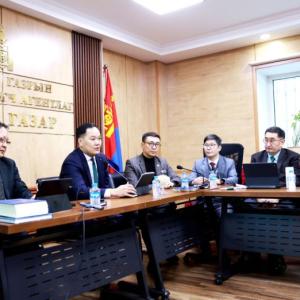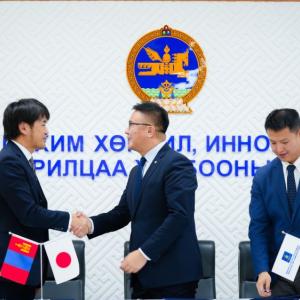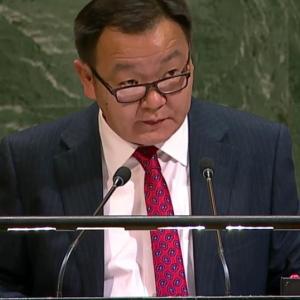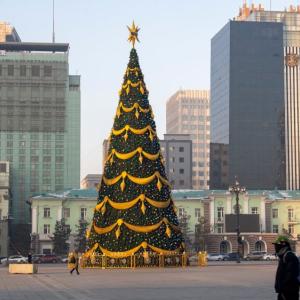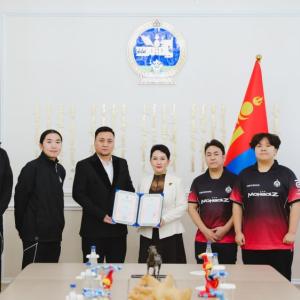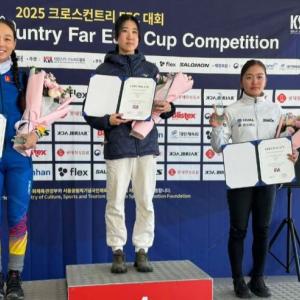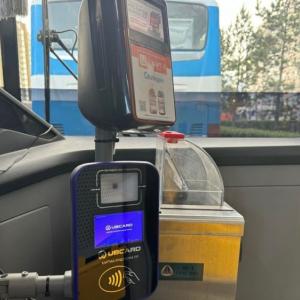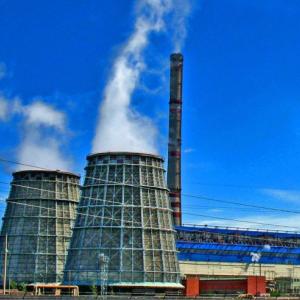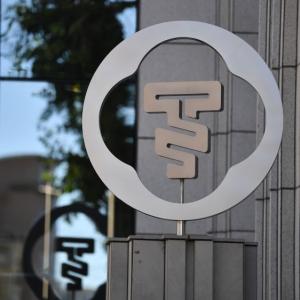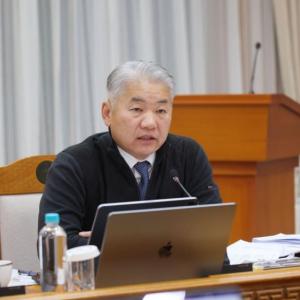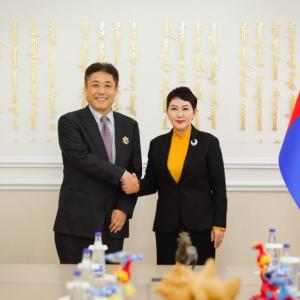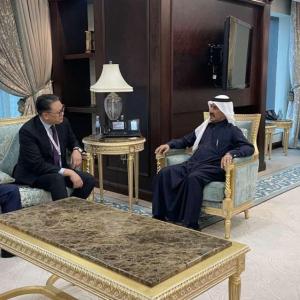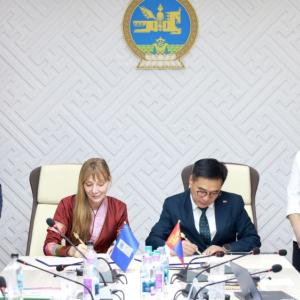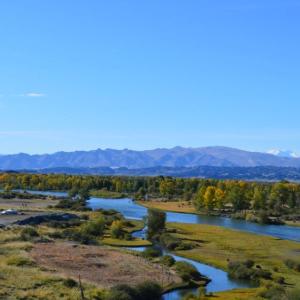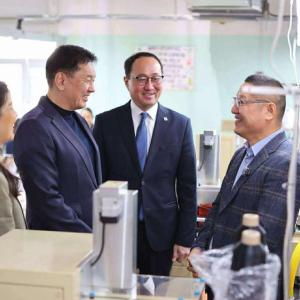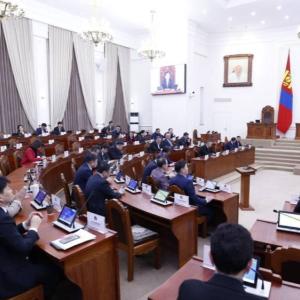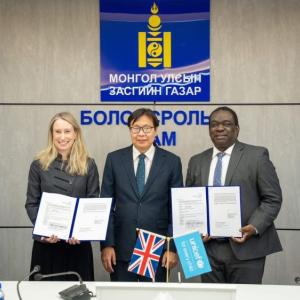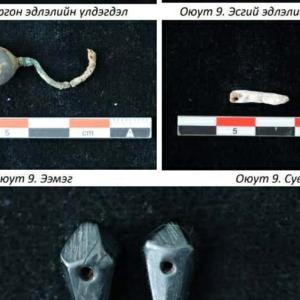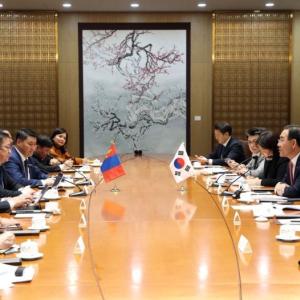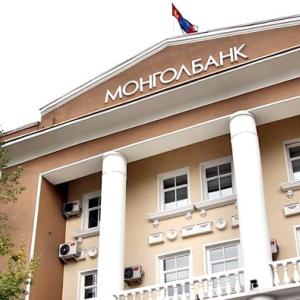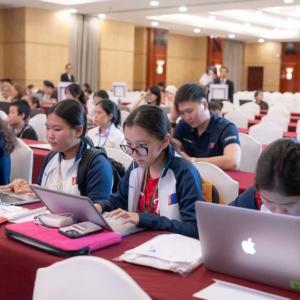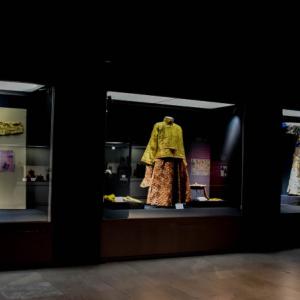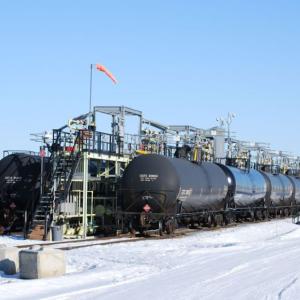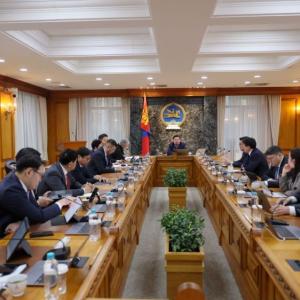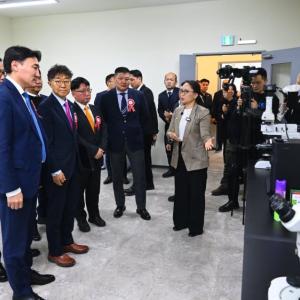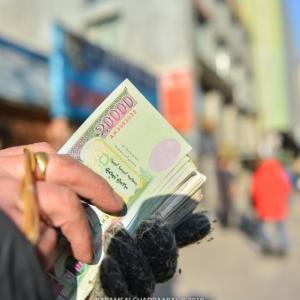Mongolia to be developed with six regions
Society
Ulaanbaatar /MONTSAME/. The ‘Vision-2050’ is a policy document, which was formulated by a working group comprising of 1500 people, including scholars, experts and state secretaries of 13 ministries, heads of some government agencies, authorities of universities and representatives of non-government organizations. According to the Prime Minister's order No: 52 dated April 30, 2019, the working group analyzed development stages of the past 30 years of Mongolia and formulated the policy document that will define long and mid-term development policy until 2050. We are presenting 9 fundamental goals of the development policy in detail.
Previously, the core documents for regional development policy in Mongolia have been the Regional Development Concept adopted by the Parliament of Mongolia in 2001 and the development programmes for the regions of west, khangai, central, east, and Ulaanbaatar approved by the Government in aims of implementing the concept .
However, alongside the necessity to develop a new agenda, policy, and programme with the documents expiring in 2018-2020, there has been great changes in the domestic and foreign environment of the socio-economic development of Mongolia, relations between affecting factors, the mechanism regulating the economy on the national and regional levels, and involvement of the government.
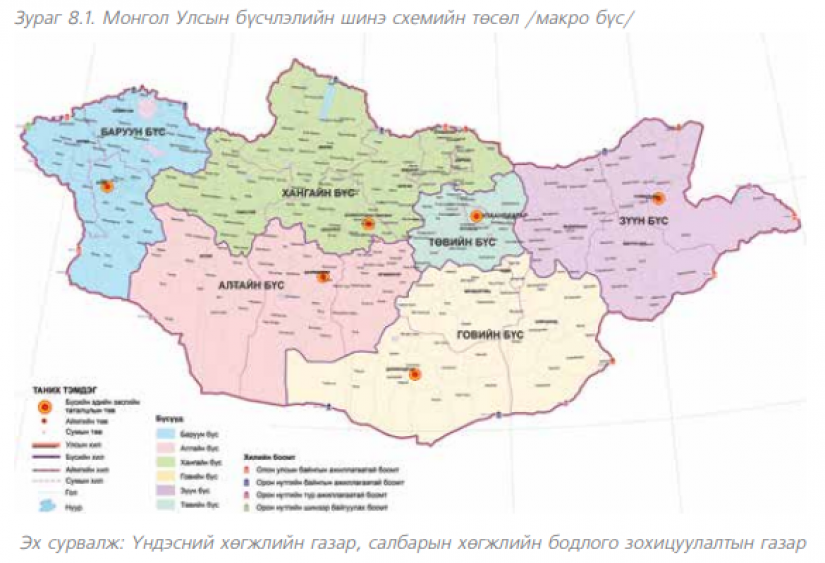
For this reason, with the base requirements as enhancing the regional economic development plan, and its implementing mechanism, improving the correlation between regions, aimags, and sectors, expanding economic partnership with features of neighboring countries as well as regions, fully and effectively using natural resources, and land capacity to achieve sustainable economic growth, and relatively equal growth in regions, the following factors were taken into consideration when re-establishing the macroeconomic regions of Mongolia: 1. National security 2. Socio-economic 3. Politics and administrative 4. History and cultural 5. Sector and function 6. Structure and organizational.
Alongside being developed on the macro level by being divided into 6 regions (the eastern, Gobi, Altai, west, Khangai, and central regions), the 21 aimags of the country will have 83 centers throughout the territory as microeconomic regions.
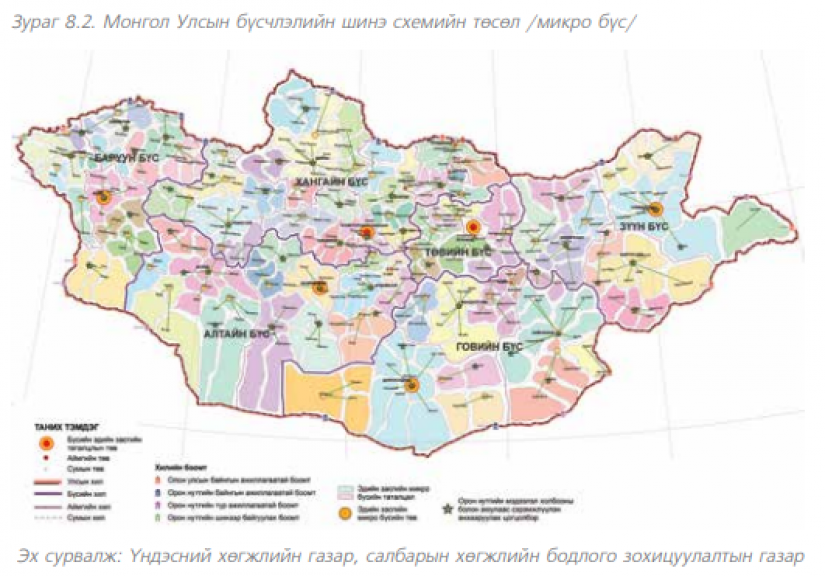
Each of the six regions will feature its own specialty based on resources and location:
Eastern region - industry, tourism, and green development (Khentii, Dornod, and Sukhbaatar aimags)
the Gobi region - responsible mining, high-tech industry (nano and biotechnology), services, and paleontology tourism (Gobisumber, Dornogobi, Dundgobi, and Umnugobi aimags)
the Altai region - natural resources, tourism (health and wellness, and international tourism complex), and green development (Gobi-Altai, Bayankhongor, and Uvurkhangai aimags)
Western region - Altaic culture, natural resources, and green development (Khovd, Bayan-Ulgii, and Uvs aimags)
the Khangai region - accelerated agriculture, tourism, and green development (Selenge, Darkhan-Uul, Orkhon, Bulgan, Arkhangai, Khuvsgul, and Zavkhan aimags)
the central region - international center for science and technology, transport intersection, high-tech industry, and services (Tuv aimag and Ulaanbaatar city)
From creating the base conditions to be involved in the economic partnership between the countries of Northeast Asia by building the base infrastructure, developing industrial clusters and centers for light industry and building and construction materials based on green technology, accelerating the exploration of oil and natural gas and increasing resources to establishing a center for tourism based on paleontology, archeology, history, and heritage, developing an ecoregion with a balanced mixture of industry, innovation, tourism, and recreation, and establishing a new city with the potential to become the new capital city near the pasture of Orkhon-Tamir, various detailed measures have been laid out in the framework of the ‘Regional Development’ goal. It must also be noted that 3,892 km of national-level roads and 6,217 km of railway are planned to be built during the three phases of the Vision-2050 document.
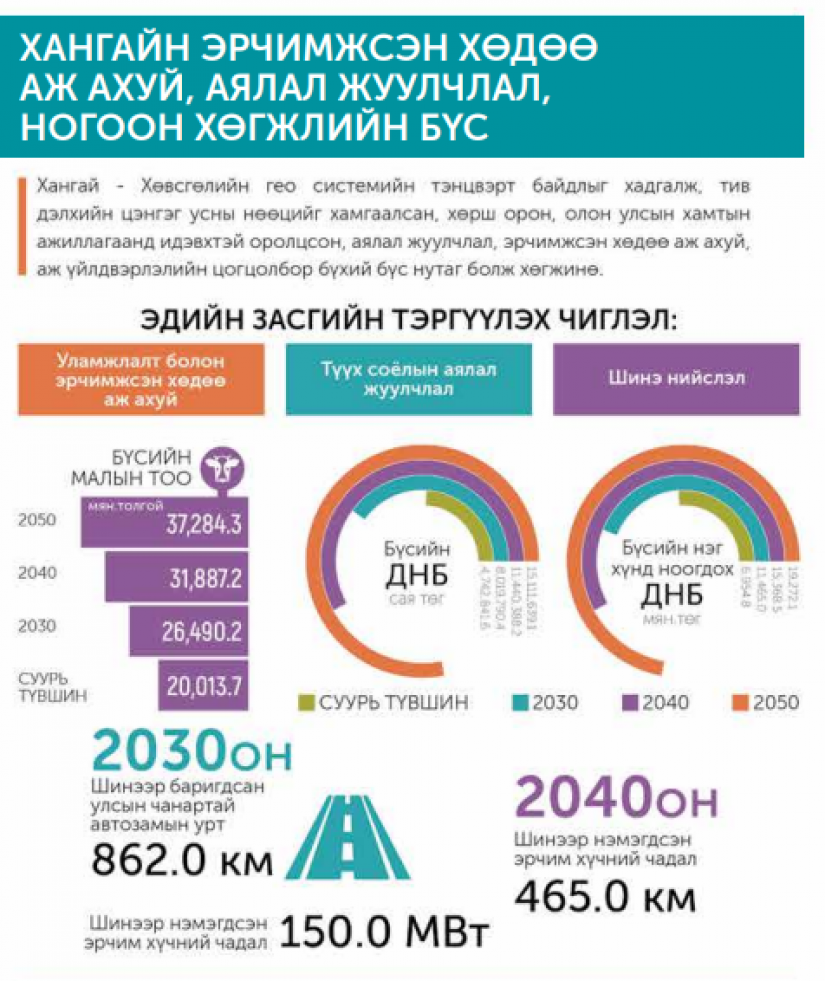
The implementation of the goal will be annually assessed according to 9 criteria (number of logistics centers in meso economic regions, number of logistics centers in micro economic regions, number of centers connecting micro economic regions with national level roads, number of newly established food and light industry companies, number of newly established agricultural technology parks, number of new entities in the mining sector, number of new entities in the heavy industrial sector, number of international airports, and number of information and communication complexes) based on the statistics provided by corresponding government organizations.
 Ulaanbaatar
Ulaanbaatar












